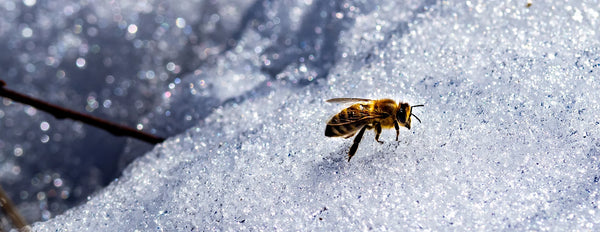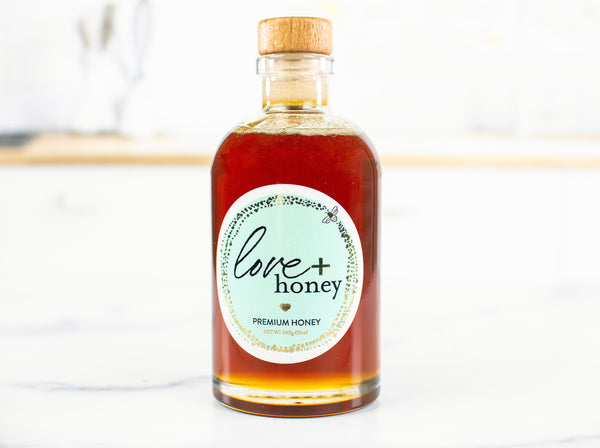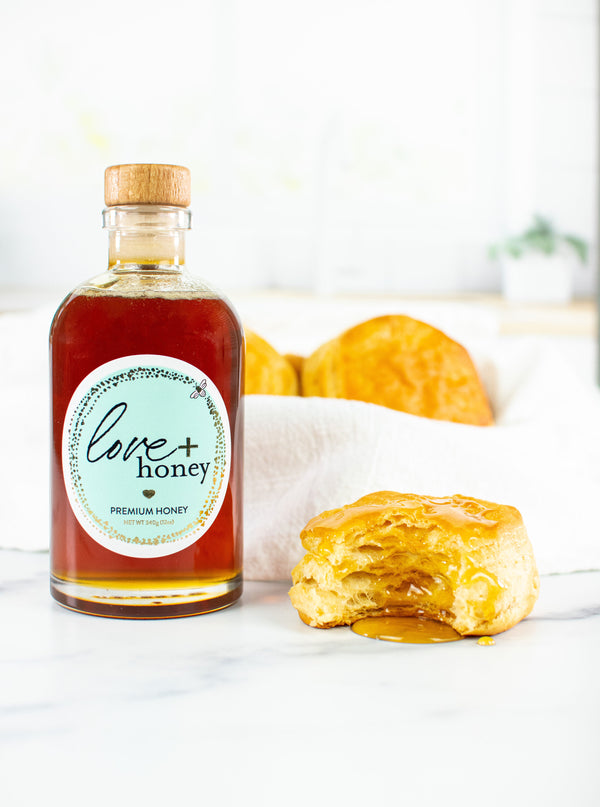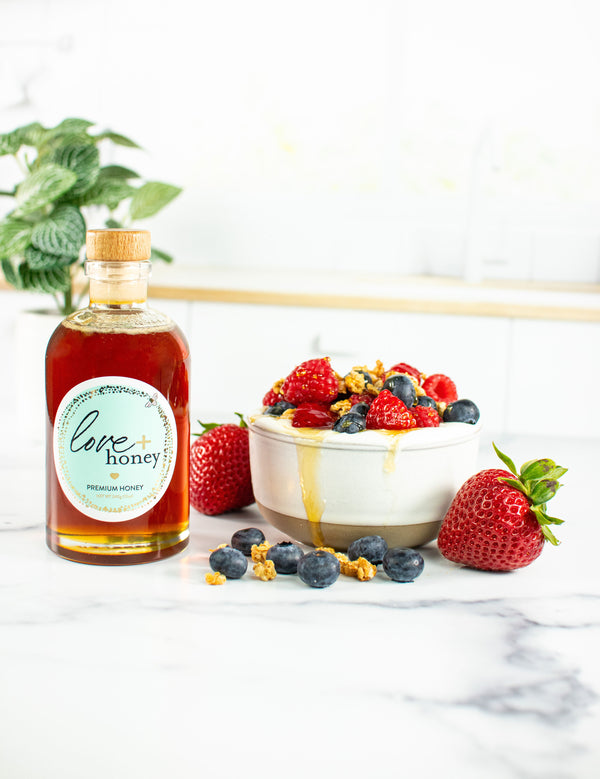Winter Bees: The Unsung Heroes of the Hive
Sep 03, 2023
When winter's chill blankets the landscape, nature goes into a state of rest. Trees shed their leaves, animals go into hibernation, and most insects disappear from sight. But inside the beehive, a remarkable transformation is underway. While many believe bees simply hibernate during the cold months, the reality is much more complex and fascinating. Enter the winter bee, a true marvel of nature and an unsung hero of the hive.
The Queen’s Decisive Role: Birth of the Winter Bees
The hive operates like a well-oiled machine, and at its helm is the queen bee, whose decisions shape the colony's future. As fall approaches, she receives signals from the environment and the worker bees, indicating that it's time to lay the foundation for winter survival: the eggs that will become the winter bees.
Several factors influence this transition:
- Changing Daylight: As days shorten and nights get longer, the reduction in sunlight prompts a change in the queen's laying pattern.
- Pheromone Communication: The worker bees communicate with the queen through pheromones, chemical signals that relay information. As resources start to dwindle in the fall, these signals adjust, prompting the queen to produce the robust winter bees.
- Nutrition Shift: The diet of the larvae determines their development. As the season transitions, the bee brood is fed a slightly different diet, richer in certain nutrients. This change aids in the development of bees with the fat stores necessary for winter survival.
Once laid, these eggs are treated with extra care by the worker bees, ensuring they develop in the optimal conditions to emerge as hardy winter bees ready to face the challenges of winter.
What Makes Winter Bees Special?
Unlike their summer counterparts, who live for just six weeks, winter bees have a lifespan of several months. This extended life is crucial, as these bees need to survive the entire winter to ensure the hive's continuity.
Physiologically, winter bees are different too. They have a higher fat content, which not only insulates them against the cold but also provides a vital energy reserve. This fat storage allows them to stay active (at a reduced rate) during the colder months when flowers and their much-needed nectar are scarce.
The Role of Winter Bees in the Hive
- Keeping the Queen Warm: At the heart of the winter hive is the queen bee. Winter bees form a protective cluster around her, using their bodies to generate heat. This 'bee ball' contracts and expands depending on the external temperature, ensuring the queen remains at a steady, warm temperature.
- Food Stewards: Before winter, worker bees store honey in preparation for the cold months. Winter bees are responsible for accessing these stores and distributing them throughout the hive, ensuring that every bee gets the nourishment it needs.
- Preparing for Spring: As winter comes to an end, the hive's focus shifts to laying and nurturing the next generation of bees. Winter bees play an essential role in cleaning and preparing the cells for the queen to lay her eggs. They ensure that by the time flowers bloom again, the hive is bustling with a new workforce ready to gather nectar.
The Challenges Faced by Winter Bees
Despite their adaptations, winter bees are not invincible. Prolonged periods of extreme cold, inadequate honey stores, or invasions by pests and pathogens can threaten the hive's survival. This makes the role of beekeepers crucial. By ensuring adequate food supplies, providing insulation to hives, and monitoring for diseases, beekeepers act as guardians, supporting the winter bees in their mission.
Winter bees are a testament to nature's ability to adapt and endure. Their resilience ensures the hive's survival, bridging the gap between the dormant winter and the promise of spring. The next time you enjoy a spoonful of honey, take a moment to appreciate these unsung heroes who, against the odds, keep the rhythm of the hive alive through the coldest days.




